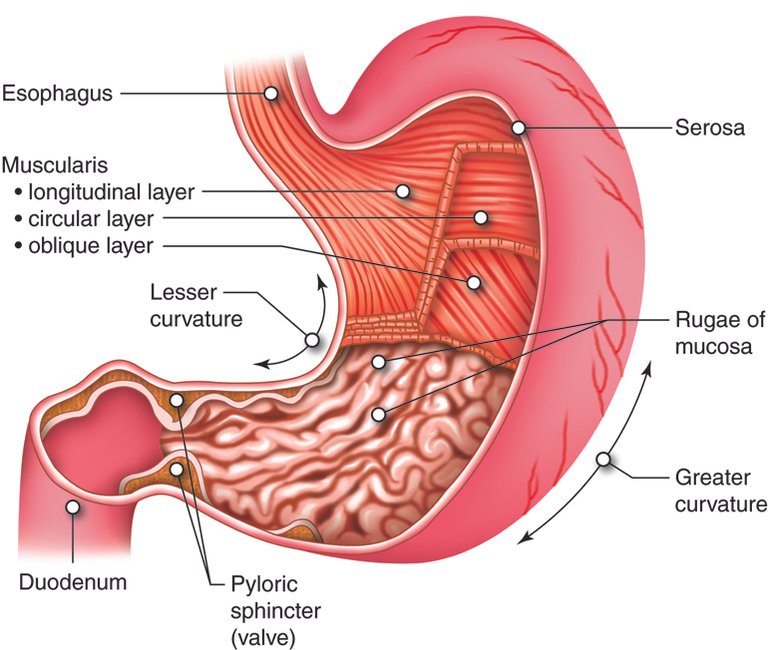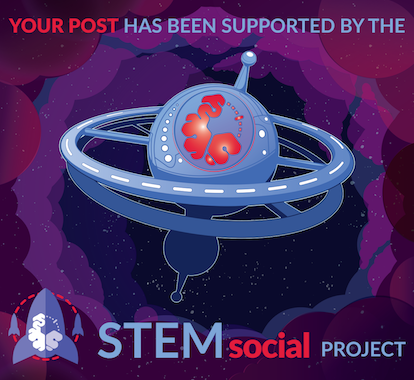When we eat, there are two things that needs to be placed into consideration; digestion, and absorption. With digestion, it has to do with the breaking down of food into smaller molecules while absorption has to do with the transferring of the smaller molecules by absorbing them into the bloodstream. In the digestive system, certain part of the tract deals with digestion and another part deals with absorption.
Digestion begins in the oral cavity mechanically through chewing and chemically from salivary glands which releases enzymes along with saliva. Although there can be cases of absorption in smaller, simpler substances in the mouth such as sublingual medications or glucose, but then primarily, digestion occurs in the mouth.
When the food is swallowed, they move through the oral tube or esophagus to the stomach which is in the left upper quadrant of the abdomen. The inner lining of the stomach known as the Tunica Mucosa is made up of folds known as Gastric Rugae which helps the stomach to stretch so as to allow space for more food. In the stomach, cells produce mucus to protect the stomach as well as the parietal cells produces hydrochloric acid which is important in digestion via churning and mixing food. The food after churning and mixing is known as chyme. Some medications can also be absorbed in the stomach but its major function is digestion.
In the case of certain type of food, protein included, they go below the stomach. They reach the pyloric sphincter which regulates how food leaves the stomach to the small intestine. The time and speed at which food passes through the sphincter is determined by the type of food that is being consumed. Fat takes a longer time to digest and so it takes longer to move, while simple fat and sugar take lesser time to move from the stomach to the small intestine.
The small intestine itself is divided into the duodenum, the jejunum, and Ileum. The duodenum connects with the common bile duct which receives bile from the liver and the gallbladder. The bile from this place is used to breakdown fat, and in the intestine, bicarbonate from the pancreas is used to neutralize the acidic mixture that was sent from the stomach. The duodenum also does a lot of breaking down, and this is the final breaking down step after which absorption begins.
Protein, Peptides, and Amino Acids. I am sure you are conversant with those names, and you might have also heard that amino acids are the building blocks. The combination of amino acids create a peptides, dipeptides, tripeptides, or polypeptides. Polypeptides stringed together would create a protein. The small intestine is the longest part of the digestive tract and this is because it is the major part where absorption takes place.
The amino acids move from the lumen to the cells of the tunica mucosa. If the mucosa cells, di-peptides or tri-peptides are broken down to amino acids. Amino acids is transferred in the case of protein because the protein has been broken down. The amino acids are then absorbed into the bloodstream and to the liver. The liver determines how much amino acid is sent into the systemic system which is absorbed into the muscles and other structures of the body.
Understanding the intricate processes of digestion and absorption highlights the efficiency and complexity of our digestive system. From the initial breakdown of food in the mouth to the meticulous absorption of nutrients in the small intestine, each step plays a crucial role in nourishing our bodies. By appreciating these processes, we can better understand how to support our digestive health through mindful eating and nutrition.
Post Reference
https://www.ncbi.nlm.nih.gov/books/NBK544242/
https://www.niddk.nih.gov/health-information/digestive-diseases/digestive-system-how-it-works
https://www.sciencedirect.com/science/article/abs/pii/S1472029920302745
https://www.medicalnewstoday.com/articles/320014
https://teachmephysiology.com/gastrointestinal-system/small-intestine/digestion-and-absorption/
https://bio.libretexts.org/Bookshelves/Human_Biology
https://courses.lumenlearning.com/suny-dutchess-ap1/chapter/processes-of-digestion-and-absorption/
https://www.betterhealth.vic.gov.au/health/conditionsandtreatments/digestive-system


